And while many will surely snipe at the firm for cashing in even further on its credibility with true enthusiasts here, to give the Motorsport Division due credit, it has executed both the X3 M and X4 M with an observance of its own mechanical conventions and classic character type that gives them both clear authenticity as M cars. With powerful straight-six petrol engines, fully retuned and re-specified steel coil suspension systems, uprated braking and upgraded steering systems and actively locking rear differentials, these cars have plenty in common with the saloons and coupes with which BMW M has built its reputation over the past forty years.
That’s why when new M Division boss Markus Flasch says they were intended simply to be a higher-riding, more practical alternatives to the M3 saloon and M4 coupe, you can believe that he means exactly what he says.

What's it like?
Most fast 4x4s are champions of multiplicity of role and versatility of functional flavour, but the BMW X3 M Competition isn’t quite like that. It doesn’t have the Porsche Macan’s transformative air suspension system or the loping stride of a Jaguar F-Pace SVR – and that may very well make it a divisive choice with some, but for others perhaps one of few cars of its ilk that can be considered a true driver’s car.
Aside from what we’ve already mentioned, the car’s powertrain has two notable ingredients to catch the eye: the highly configurable four-wheel drive from the current M5 super saloon, and BMW M’s brand-new ‘S58’ high-performance straight-six engine.
The new straight six isn’t a redeveloped version of the outgoing M3’s ‘S55’, but rather the BMW M Division’s overhaul of the ‘B58’ straight six that came into the firm’s mainstream model range in 2015. Even so, it only shares 10% of its componentry with that mainstream motor. Developing more power and torque than any other six-cylinder petrol engine that BMW has yet produced (a peak 503bhp, and 443lb ft of torque across a much broader band of revs than the old ‘S55’ ever managed), it’s bound for the next M3 and M4 in 2020, and quite possibly other compact M cars after that.
Using a forged crankshaft, forged pistons, a lightweight cylinder head with 3D printed parts, an indirect intercooler and twin monoscroll turbochargers boosting at up to 2.3bar, the engine is widely tipped to be ready to make considerably more power and torque than it currently does when the need arises – and without the need for technologies such as water injection, as used by the last M4 GTS.
Even in a two-tonne SUV and as it is, the engine feels stronger than either its cylinder count or its on-paper torque output leads you to expect. There’s a little bit more raw, straight-six combustion noise about its audible character than the old ‘S55’ straight six had. Nothing about it is more impressive, however, than the supremely balanced linearity of power delivery that it offers from below 3000rpm and right the way up beyond 7000. Some rival turbocharged performance engines give a bigger hit of mid-range thrust, others a more dramatic, characterful climax to the rev range – but none have such predictable pedal response and remarkable drivability.

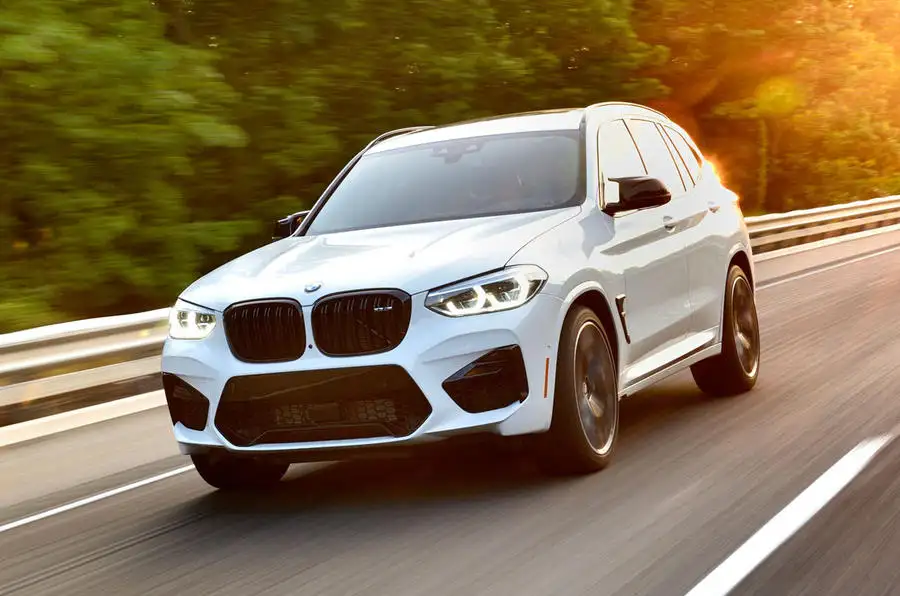
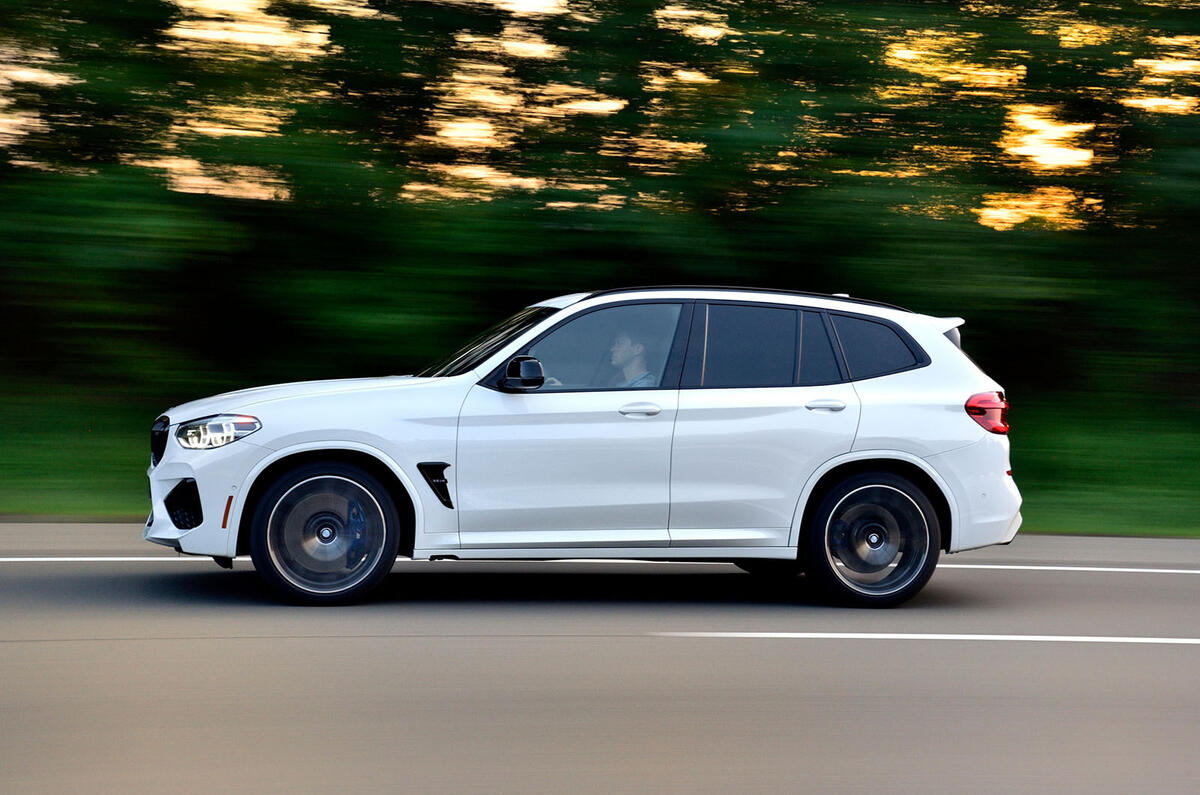
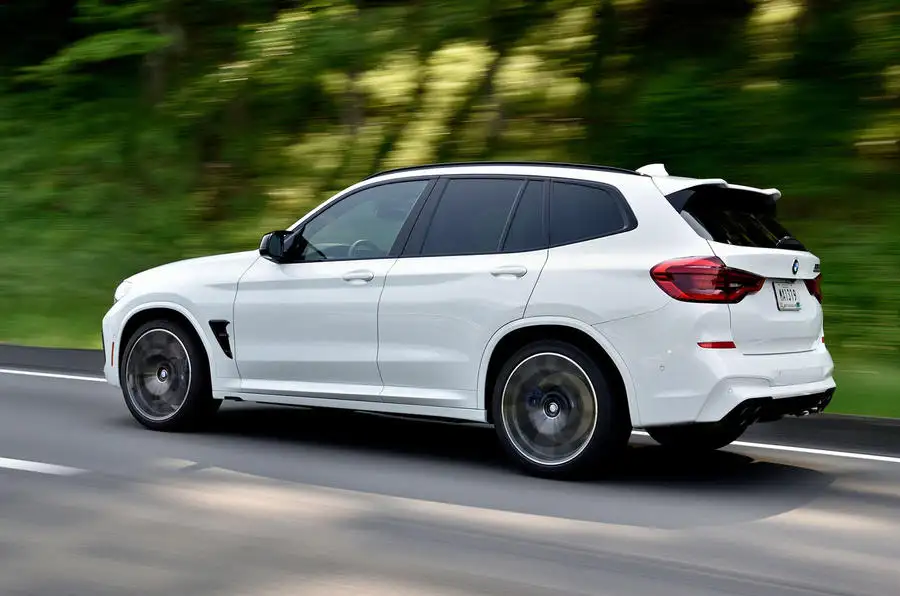
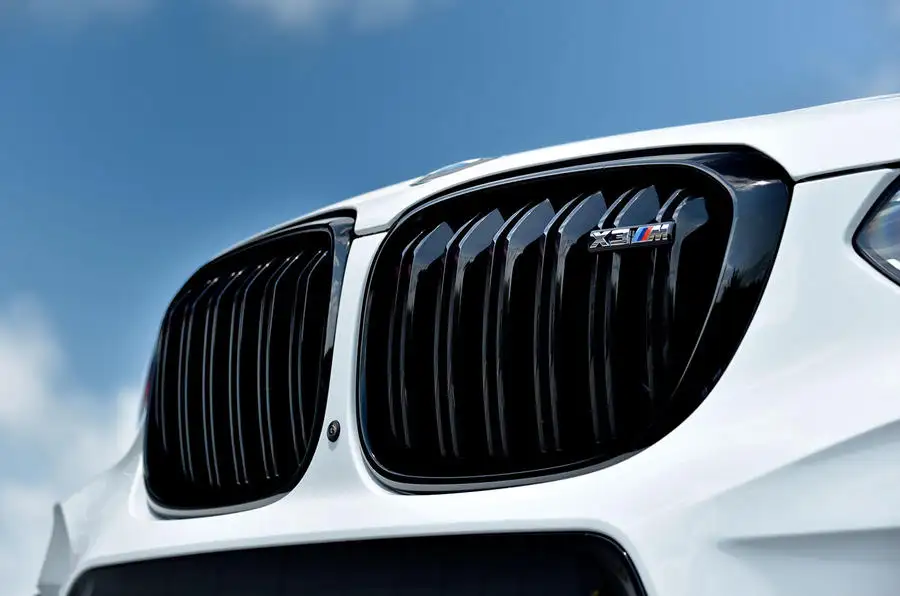
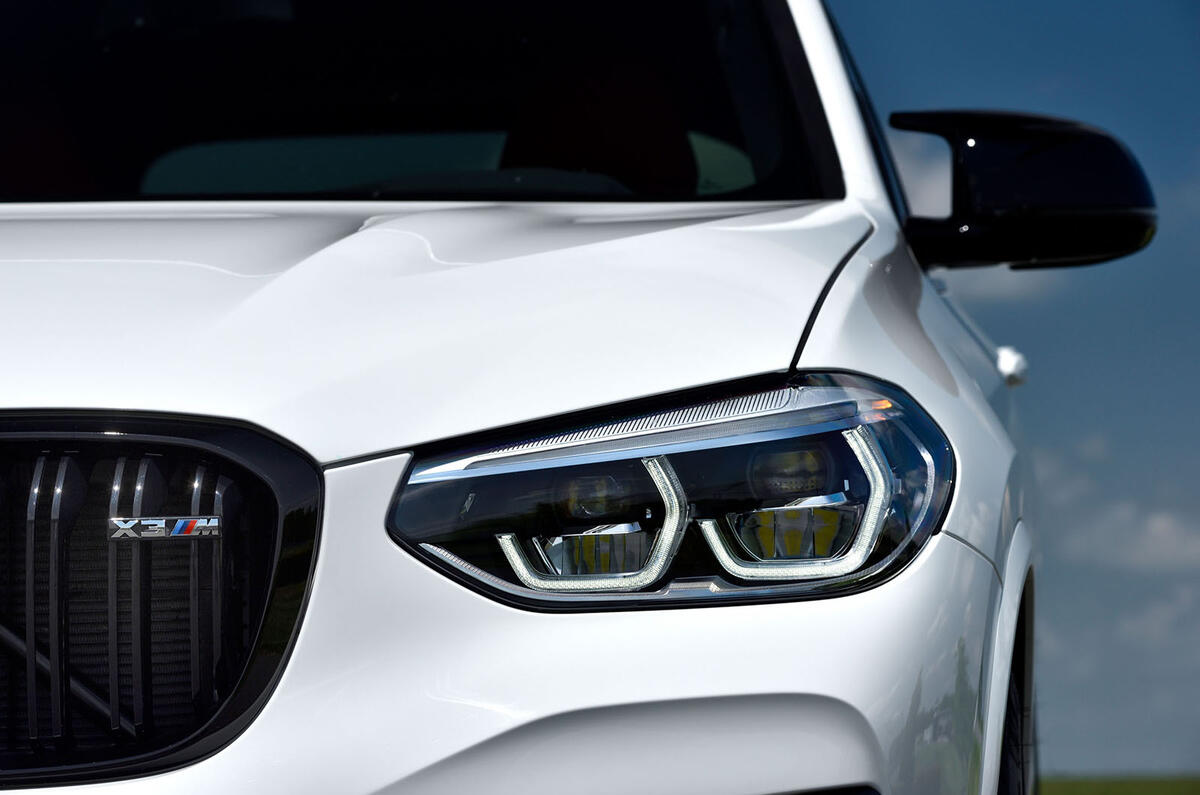
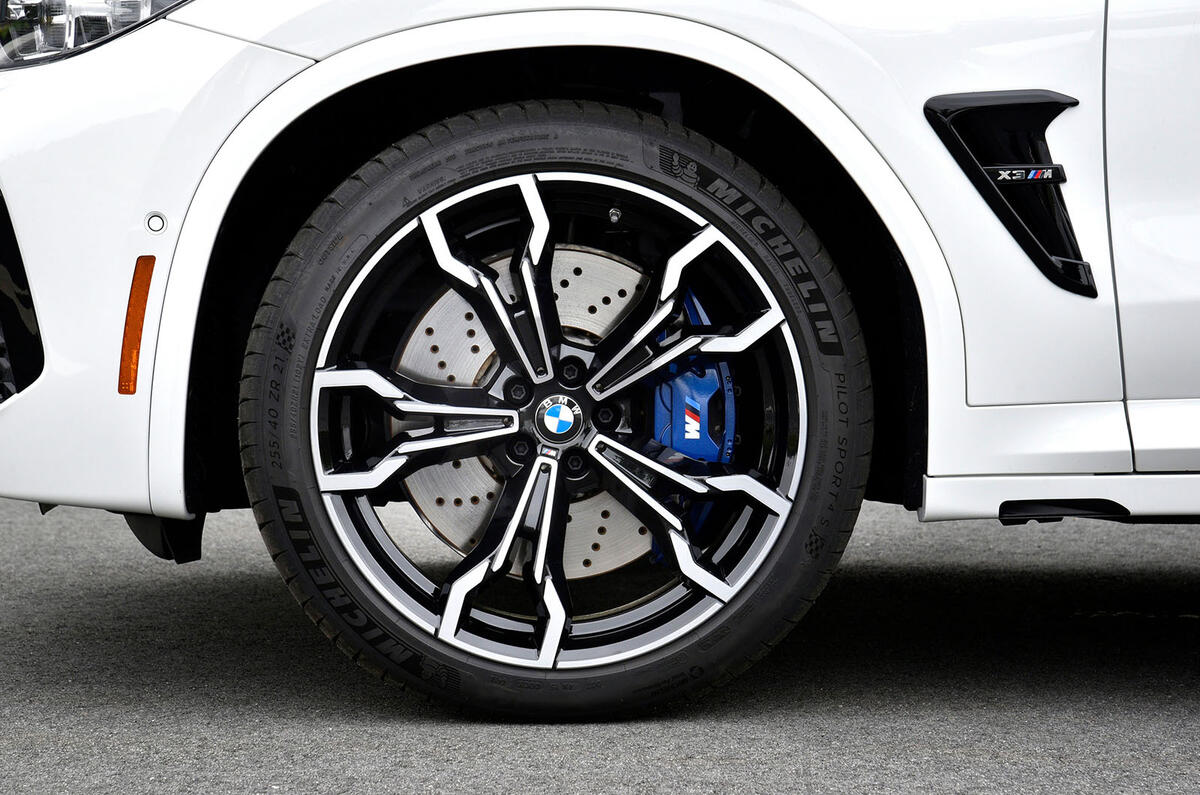
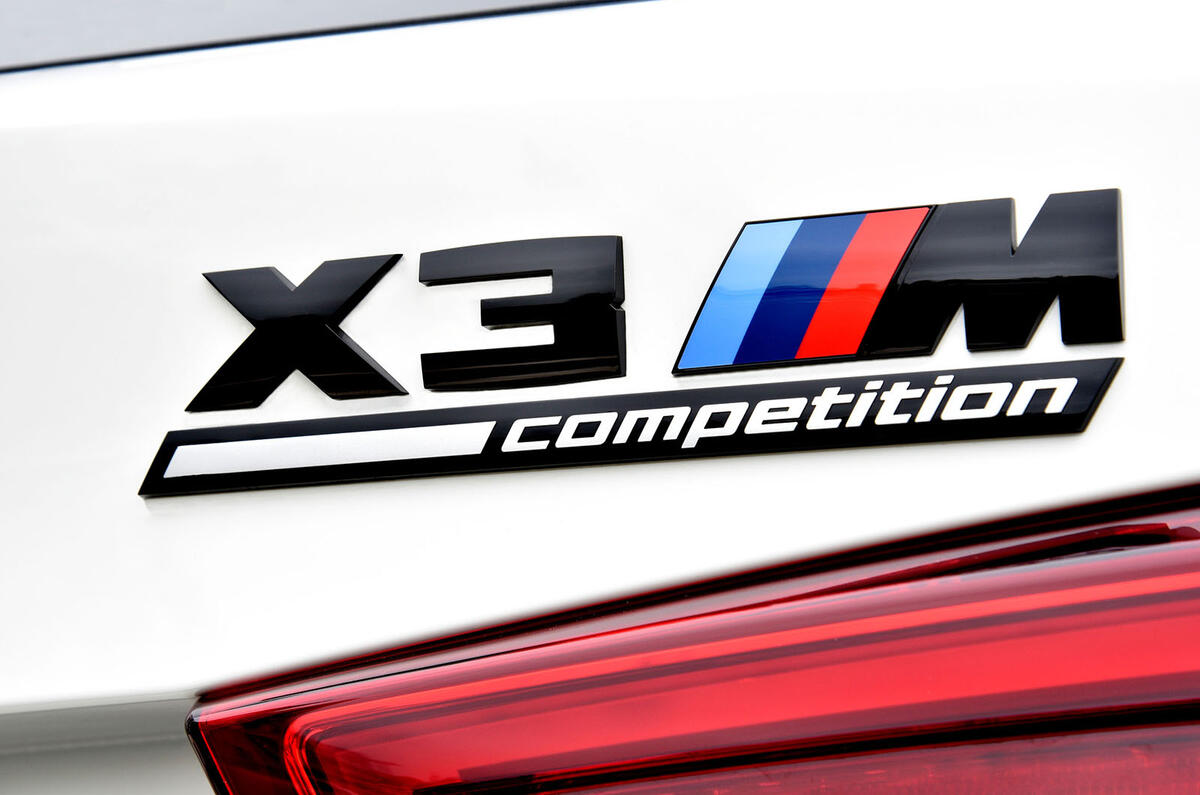

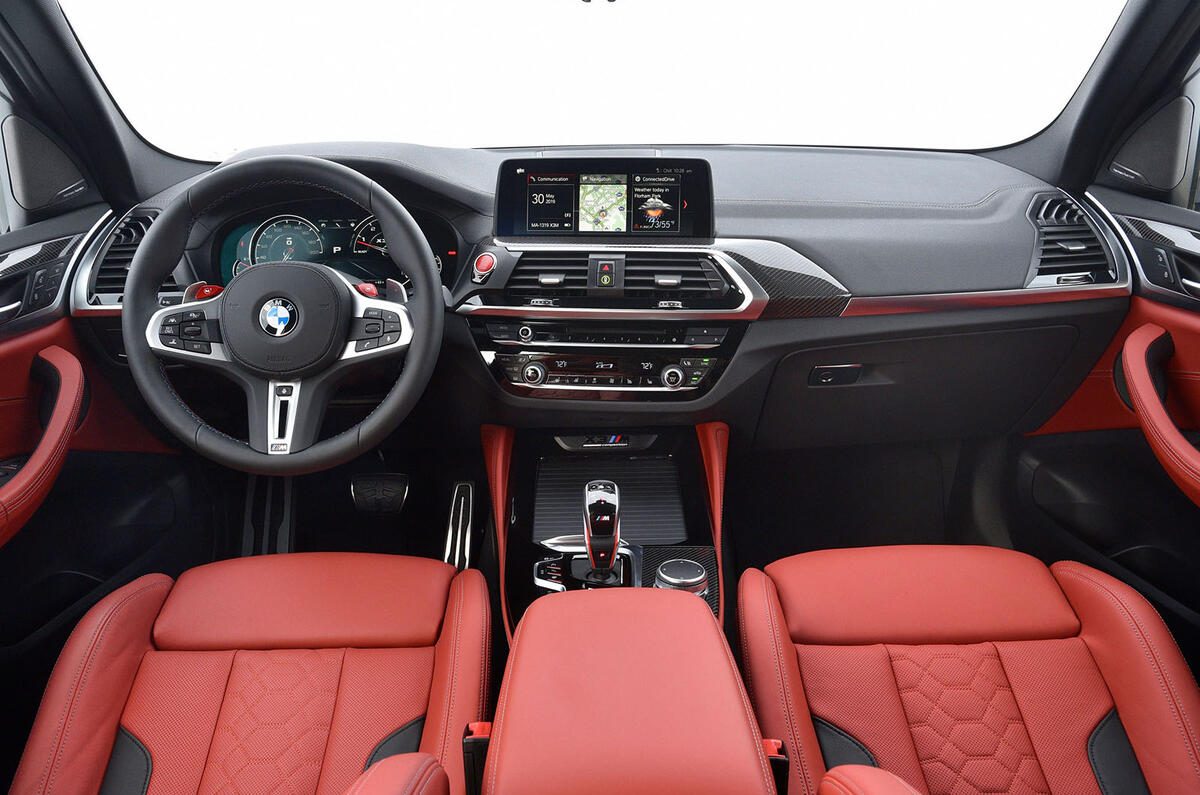
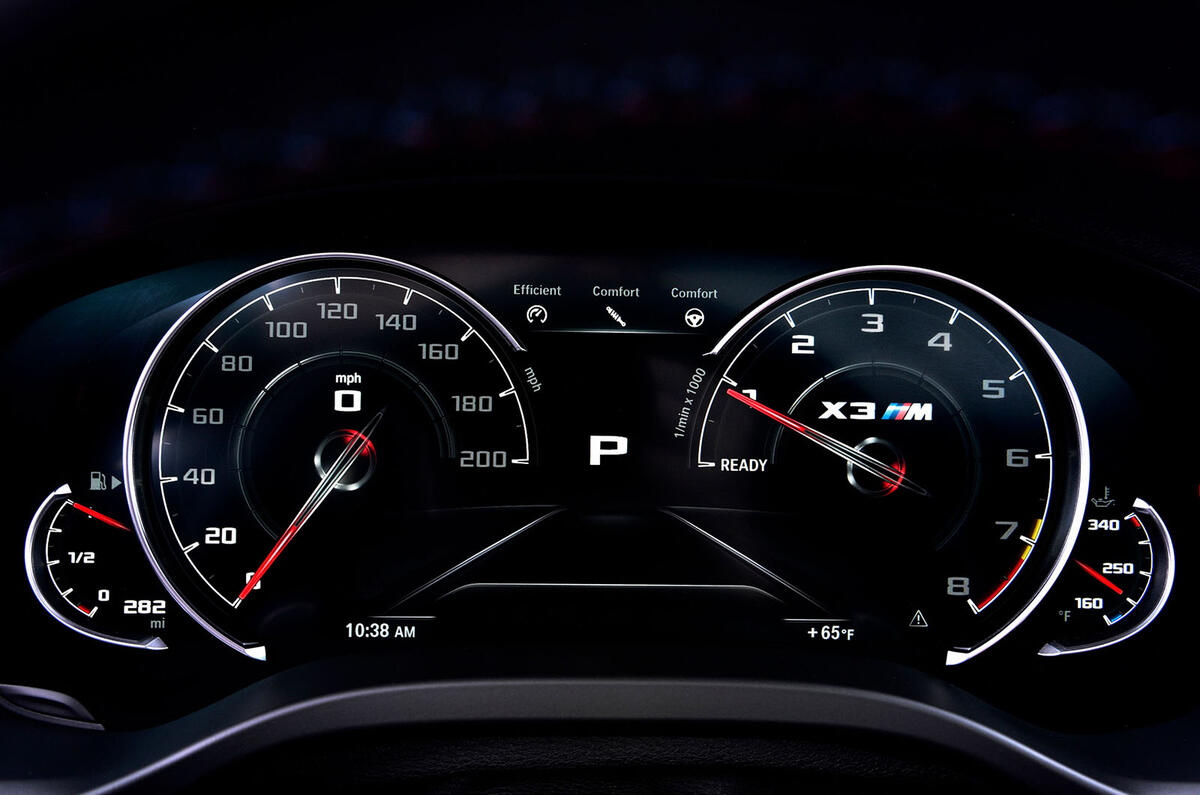
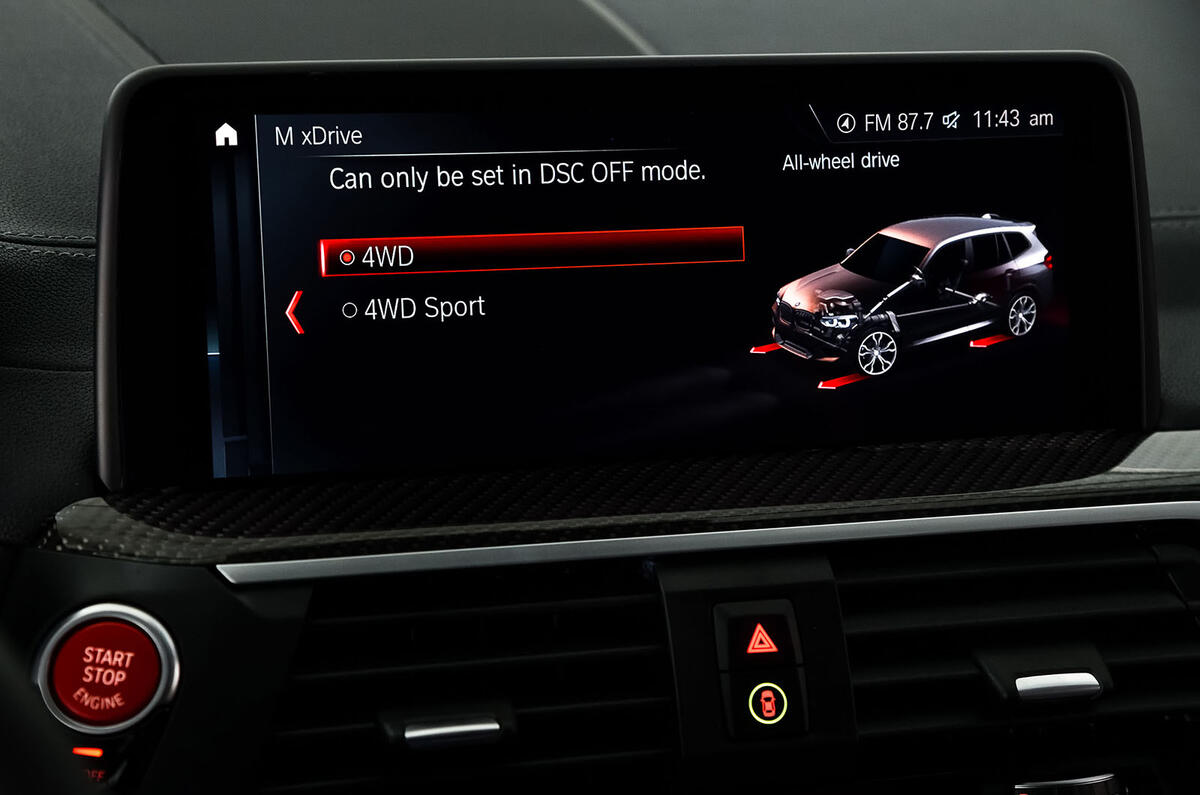
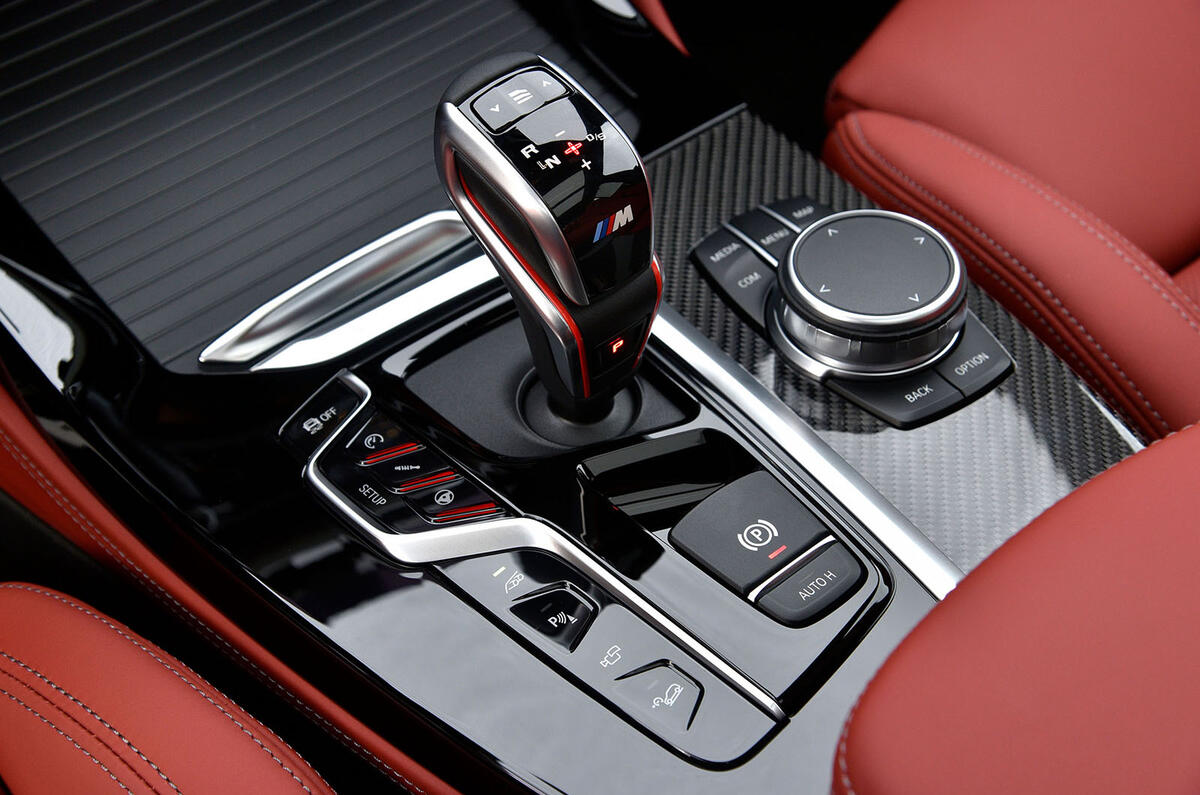

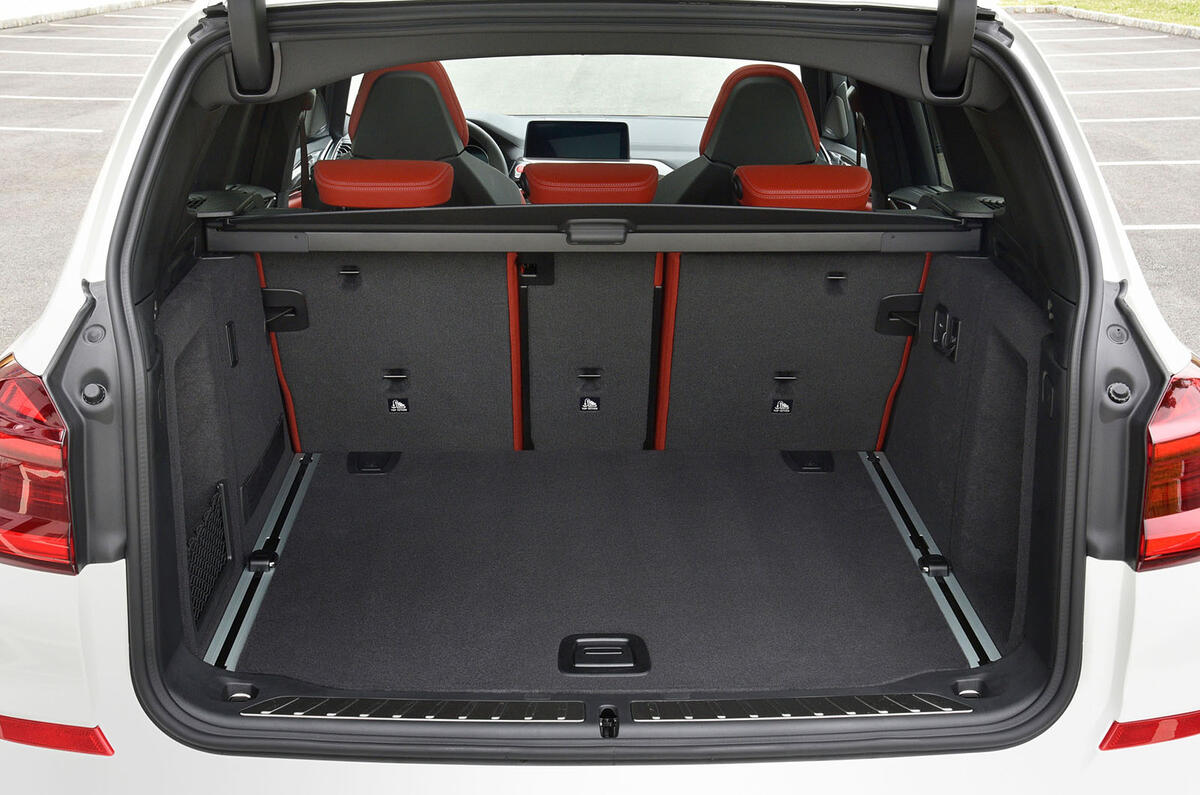
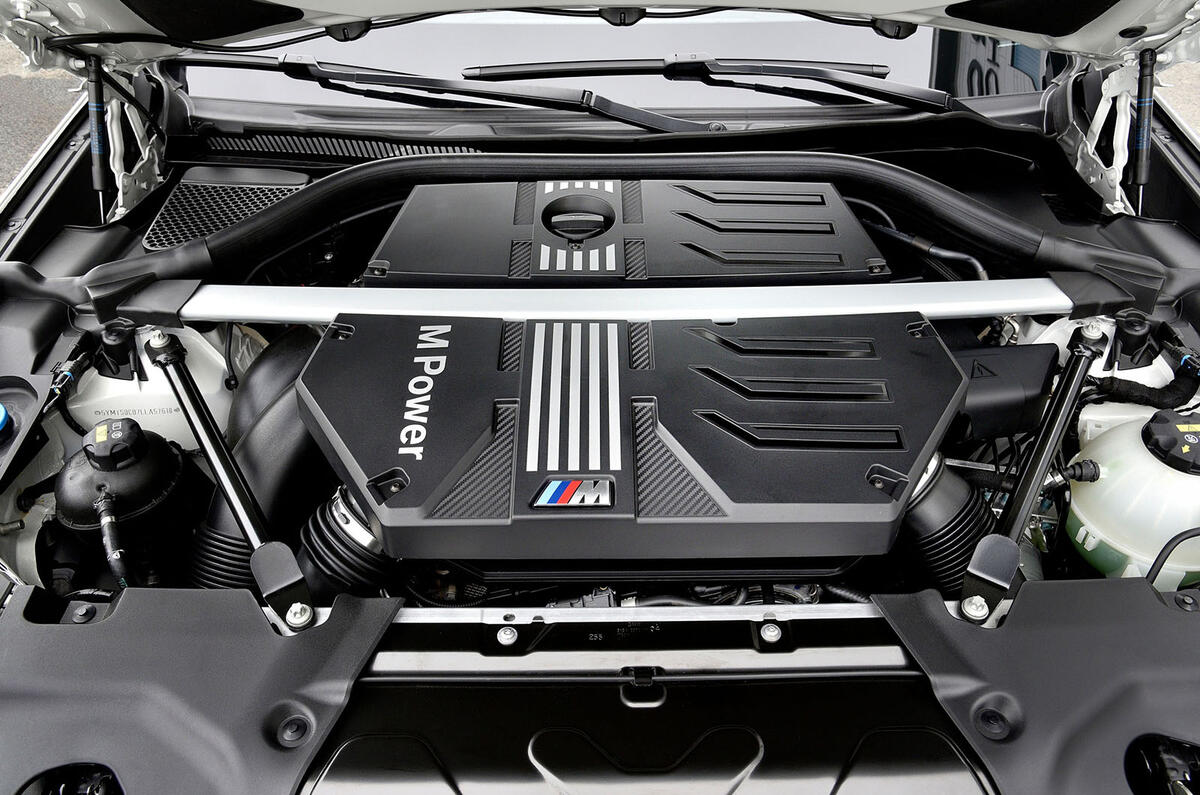

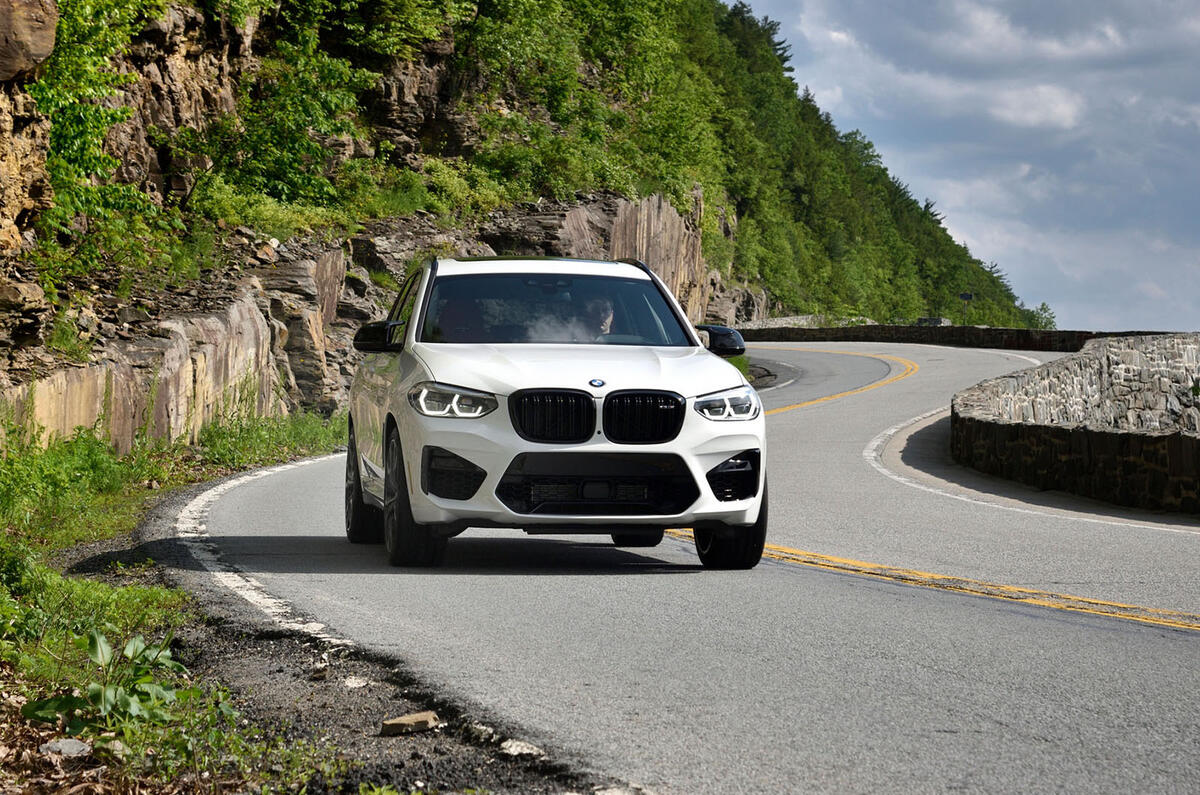

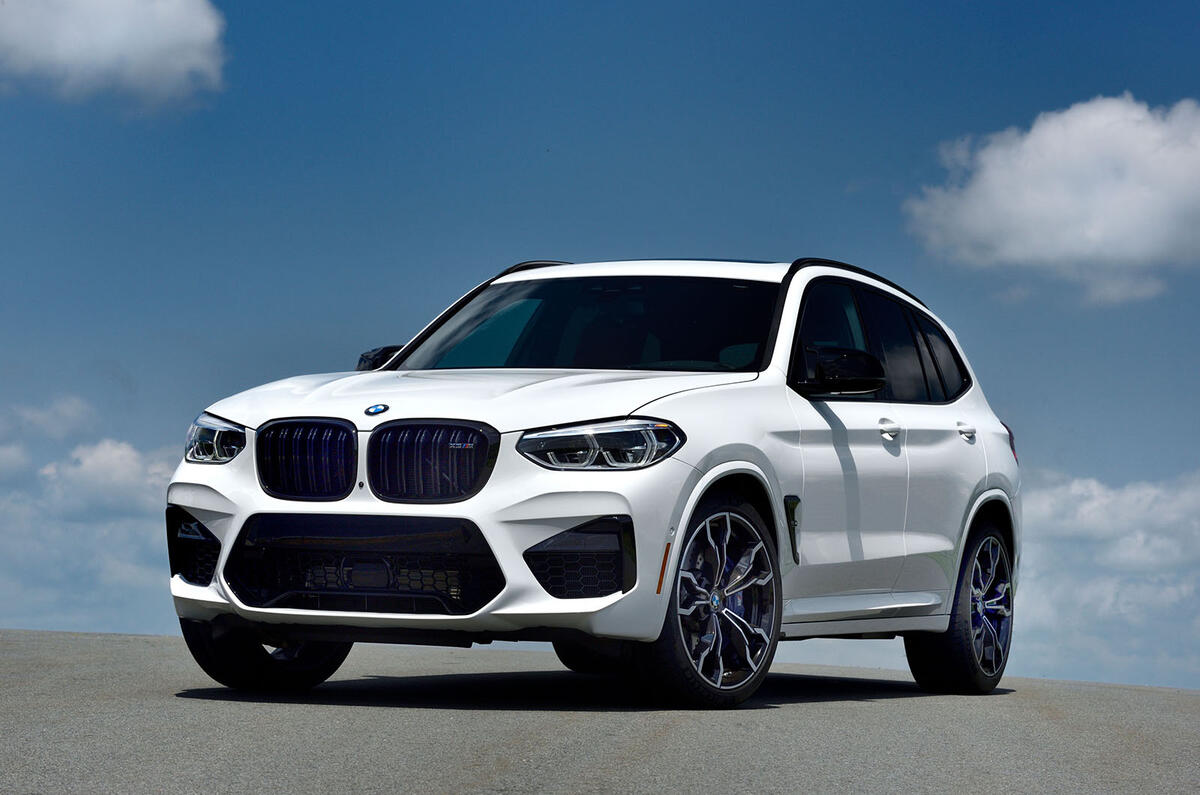






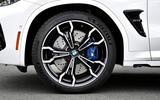








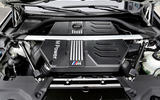







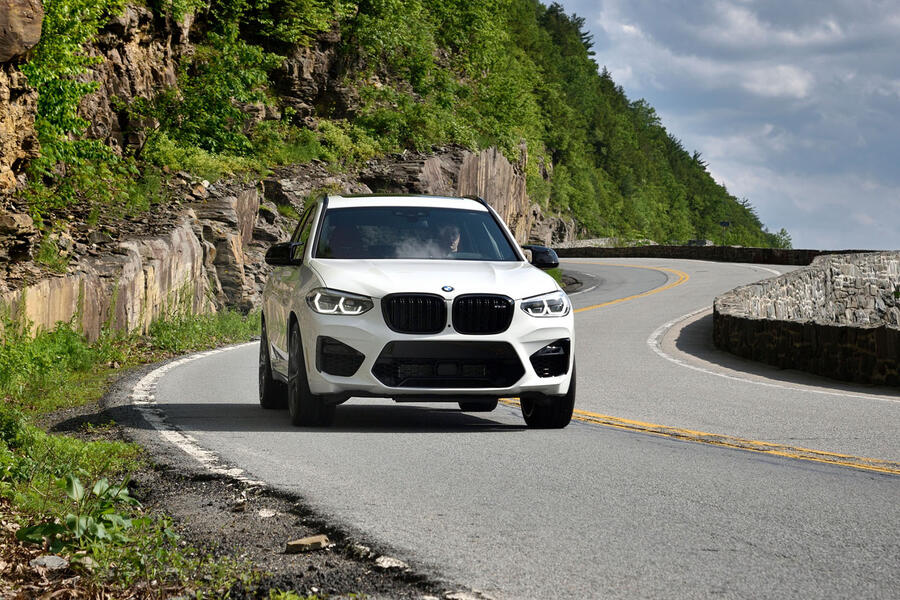
Join the debate
rare
Wouldn’t get a look in from
Wouldn’t get a look in from me, GLC63S all day long (not the silly coupe version). It’s faster, has a V8, sounds better, looks better and has a far more interesting interior...
Tycoon
24mpg, LOL
0-60 of only 4.1, LOL
ugly grille, LOL
what moron would buy this?
Add your comment